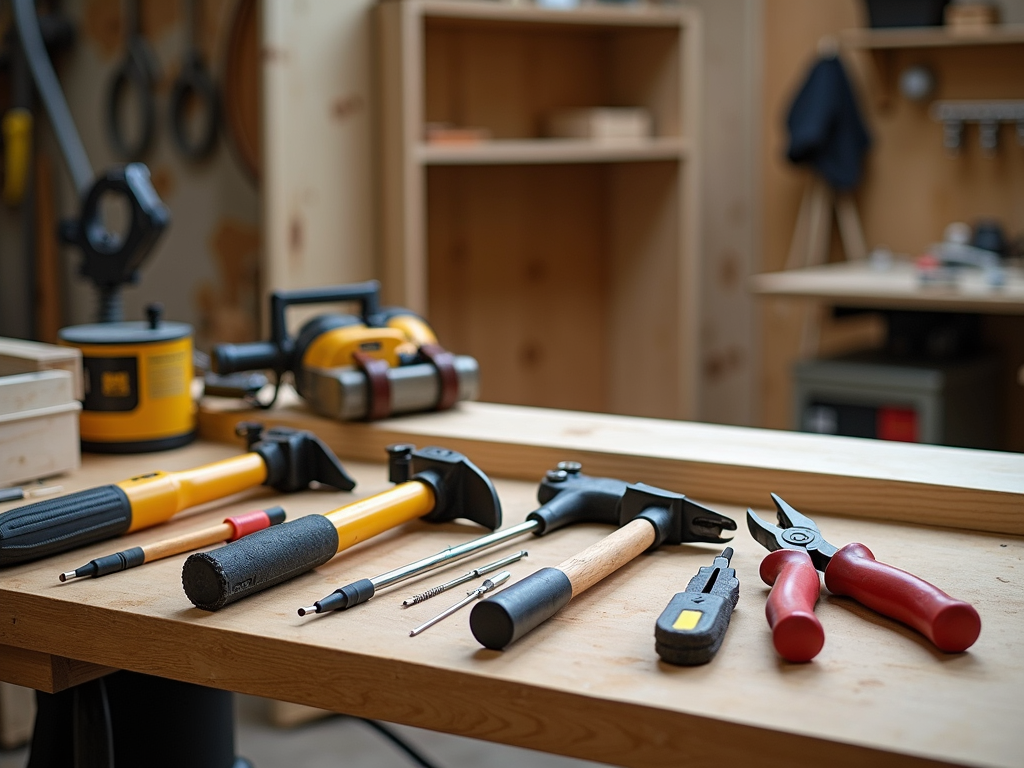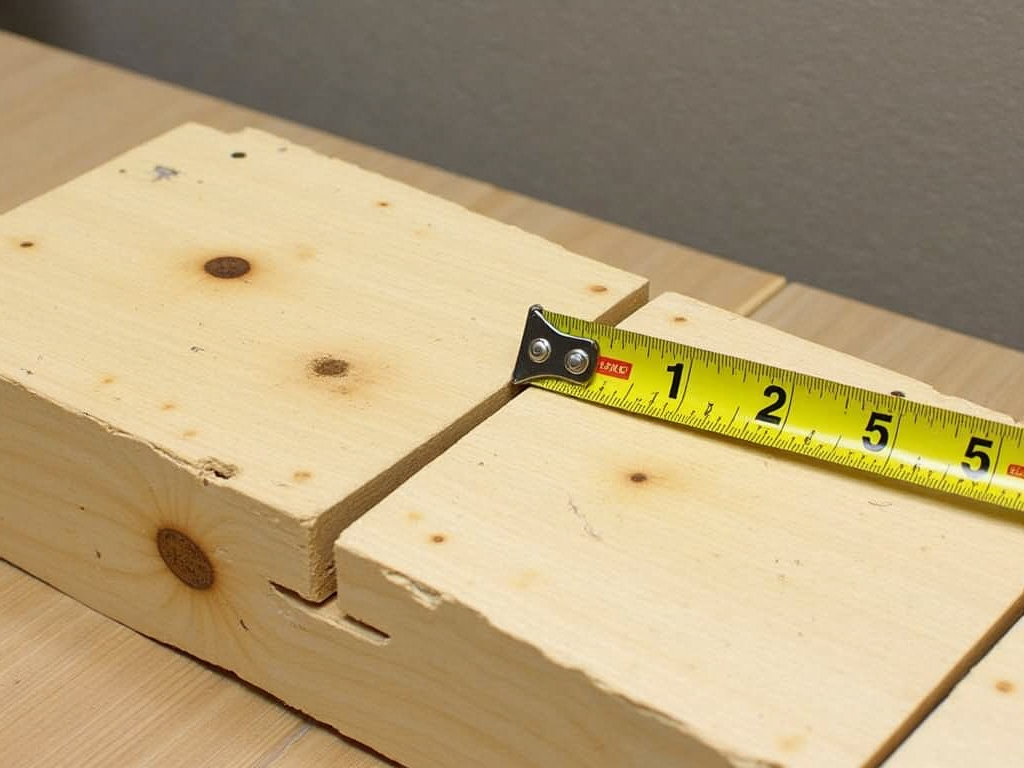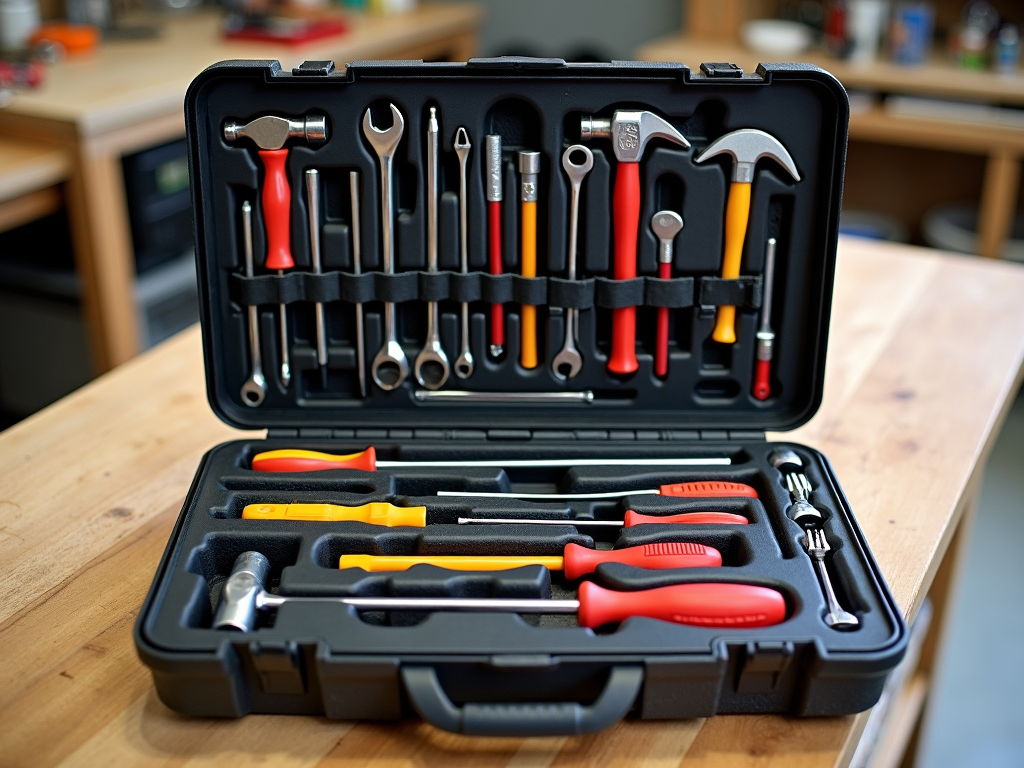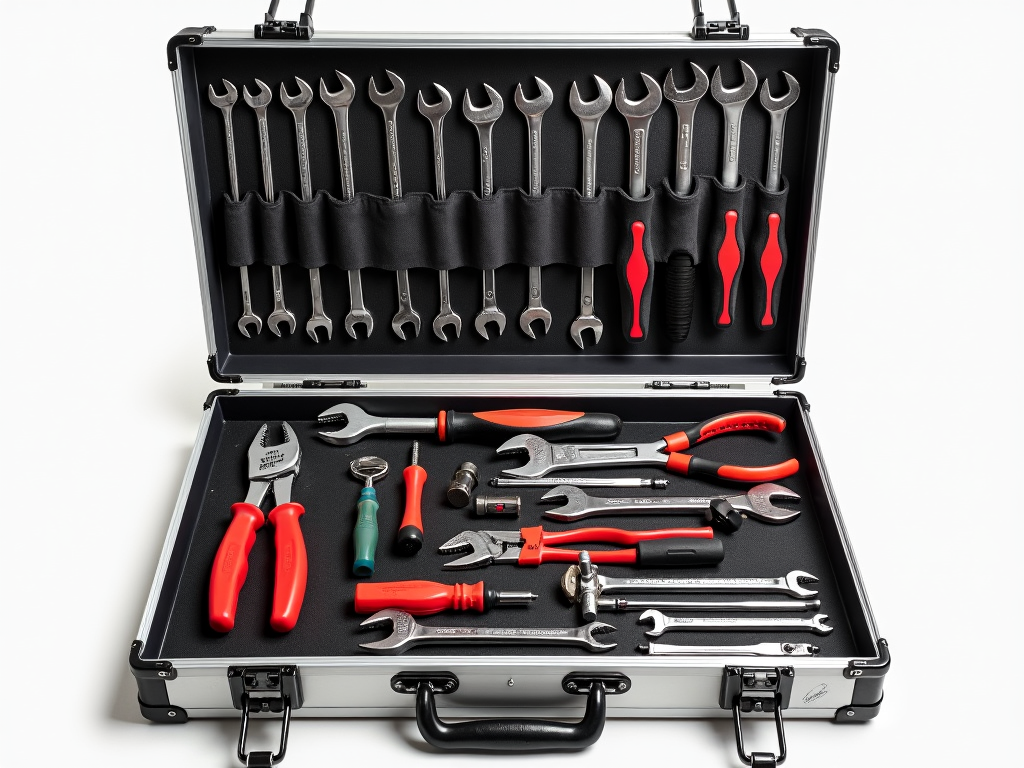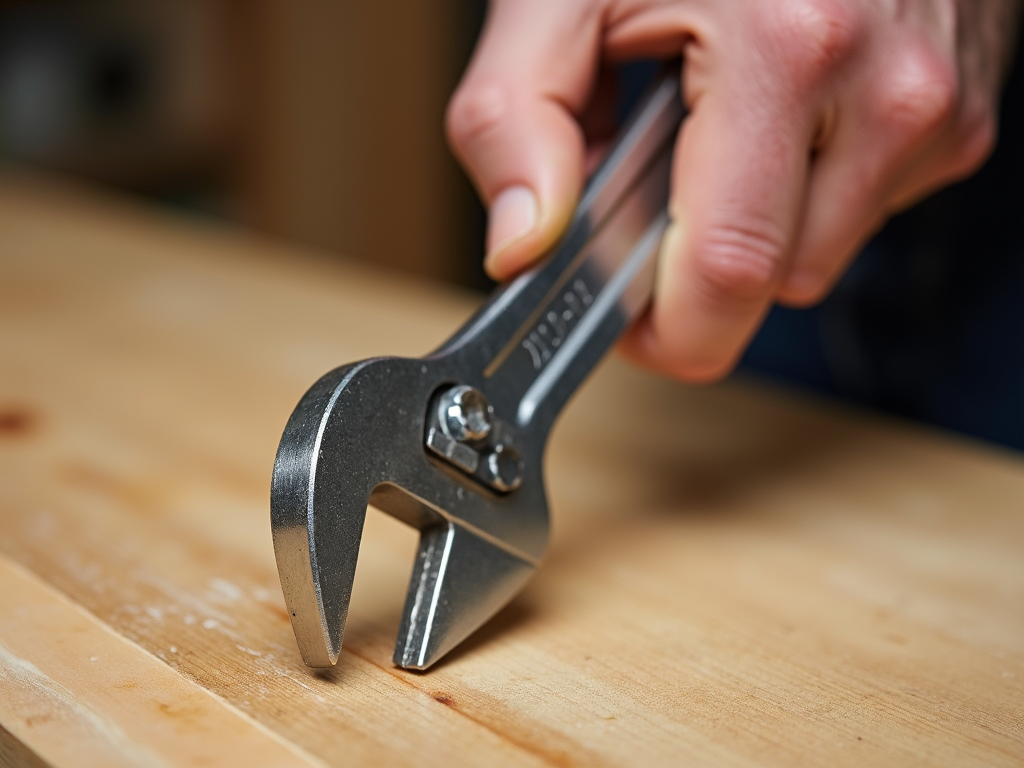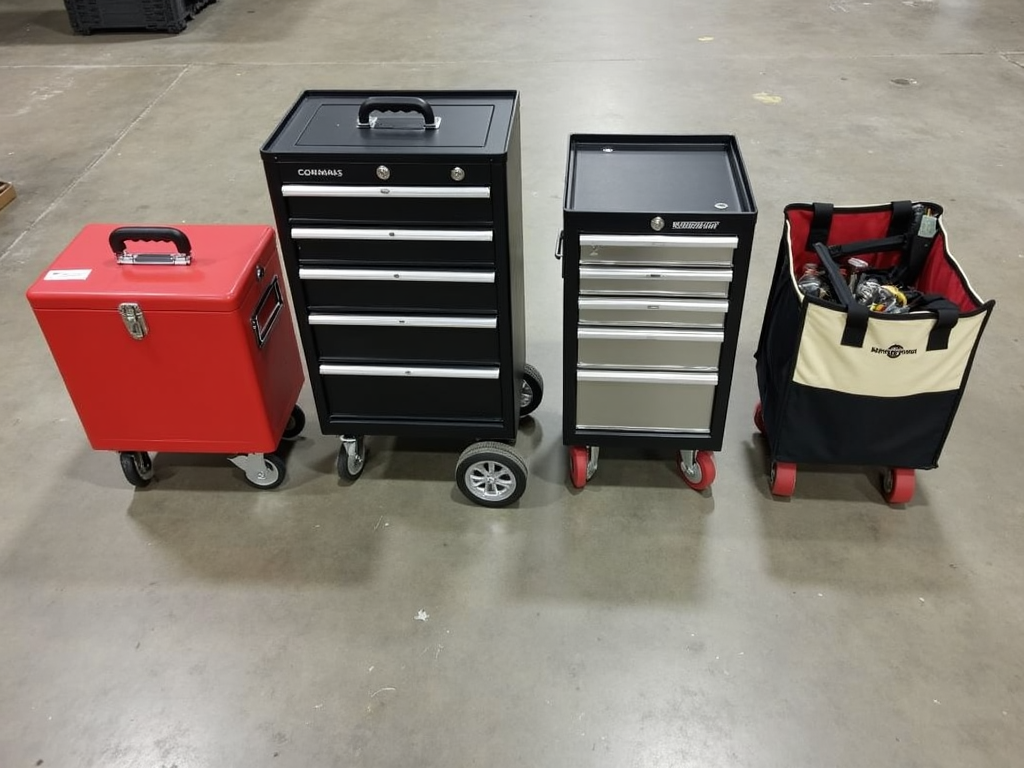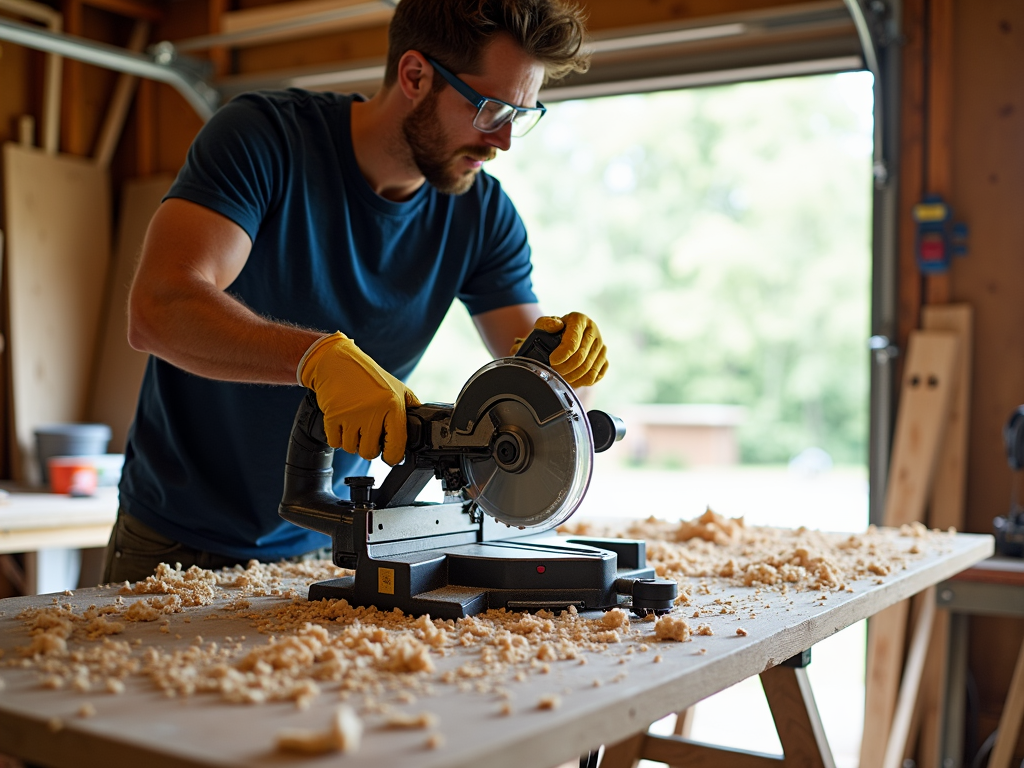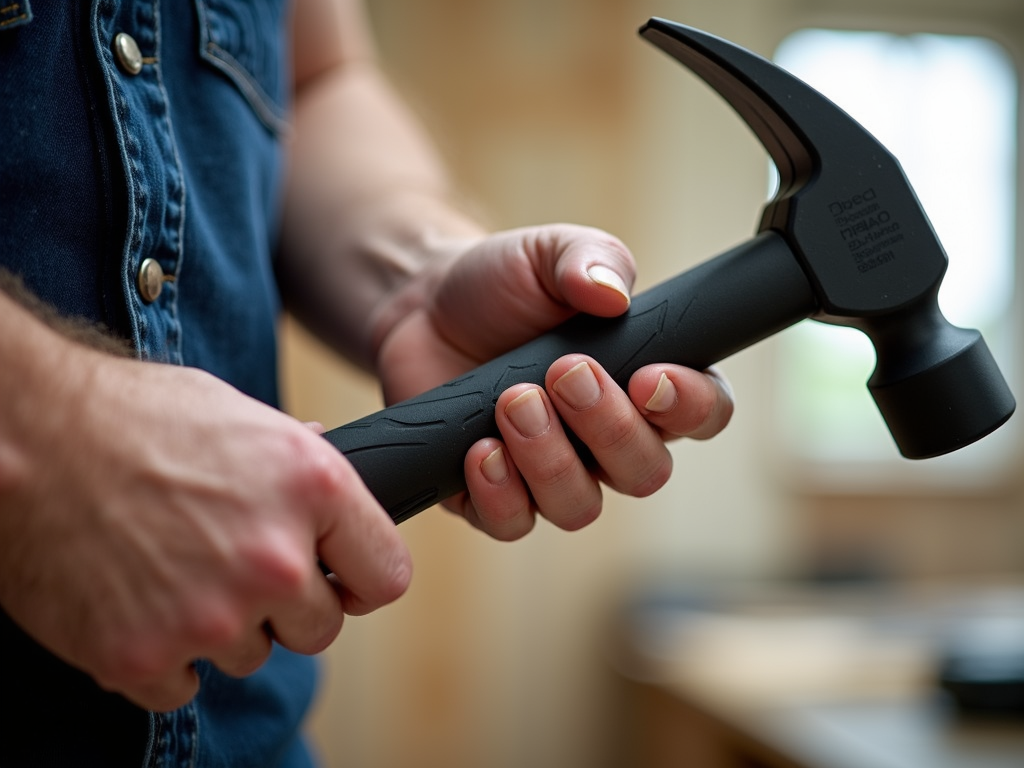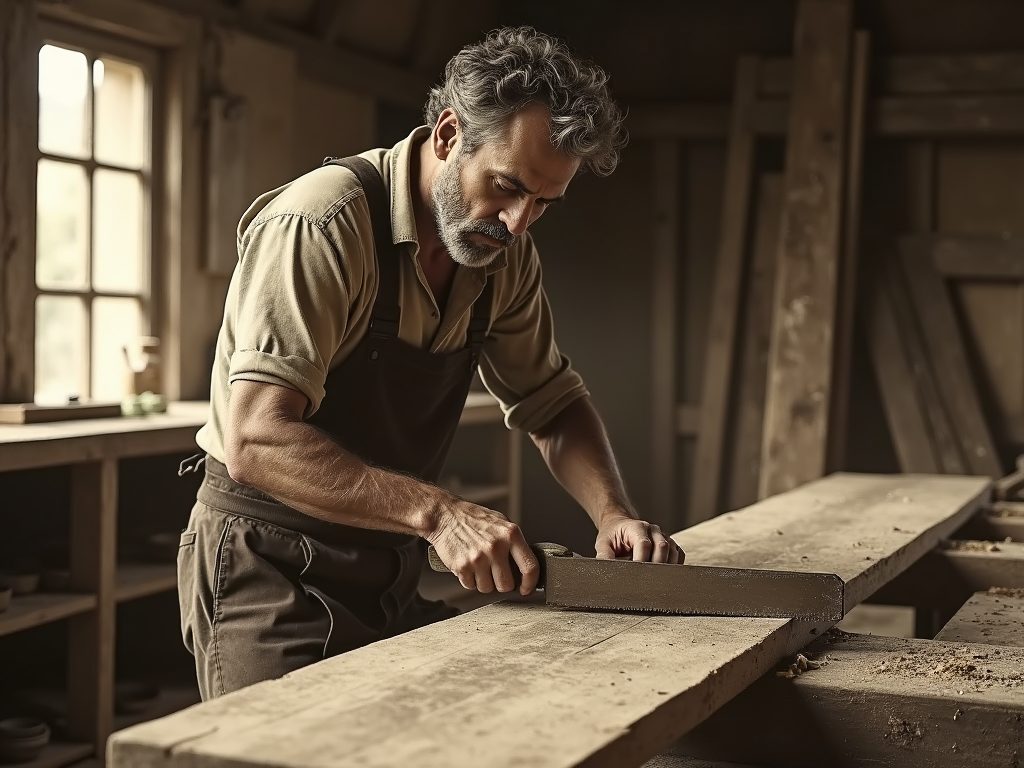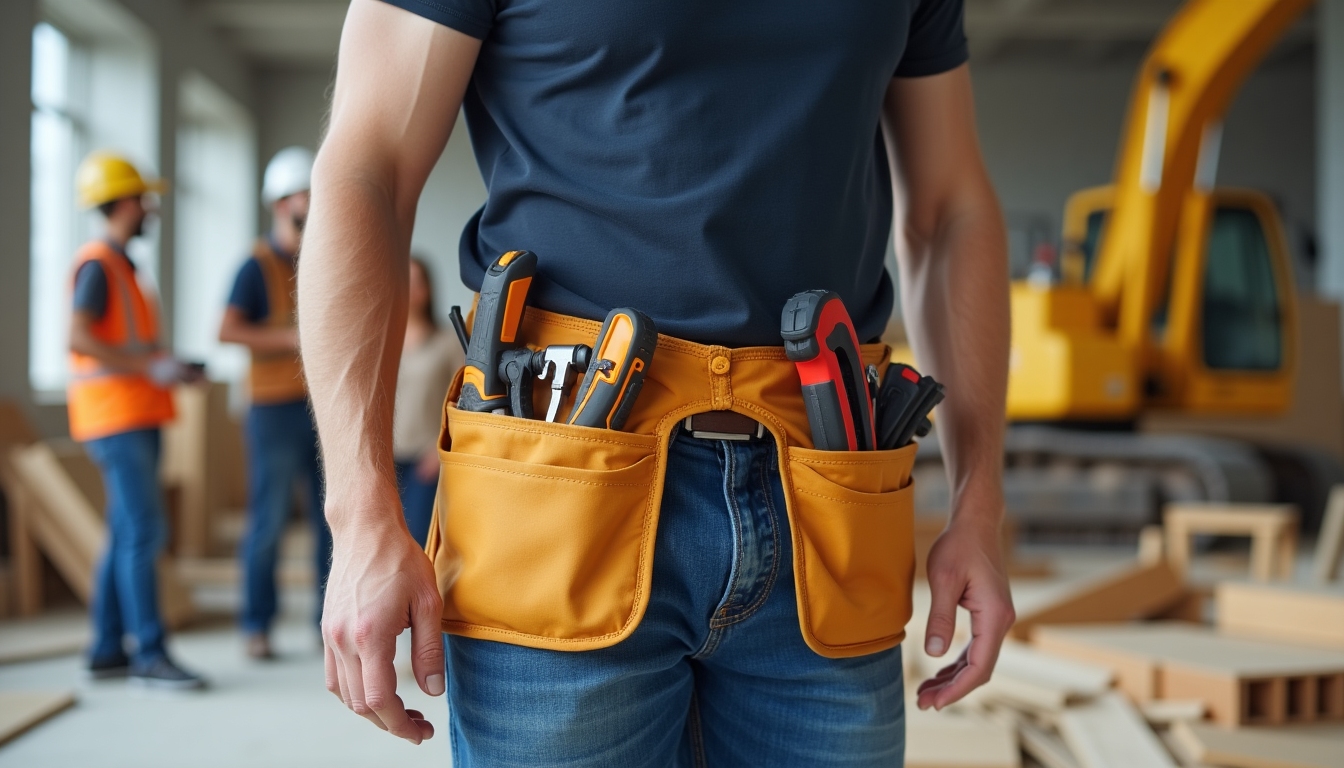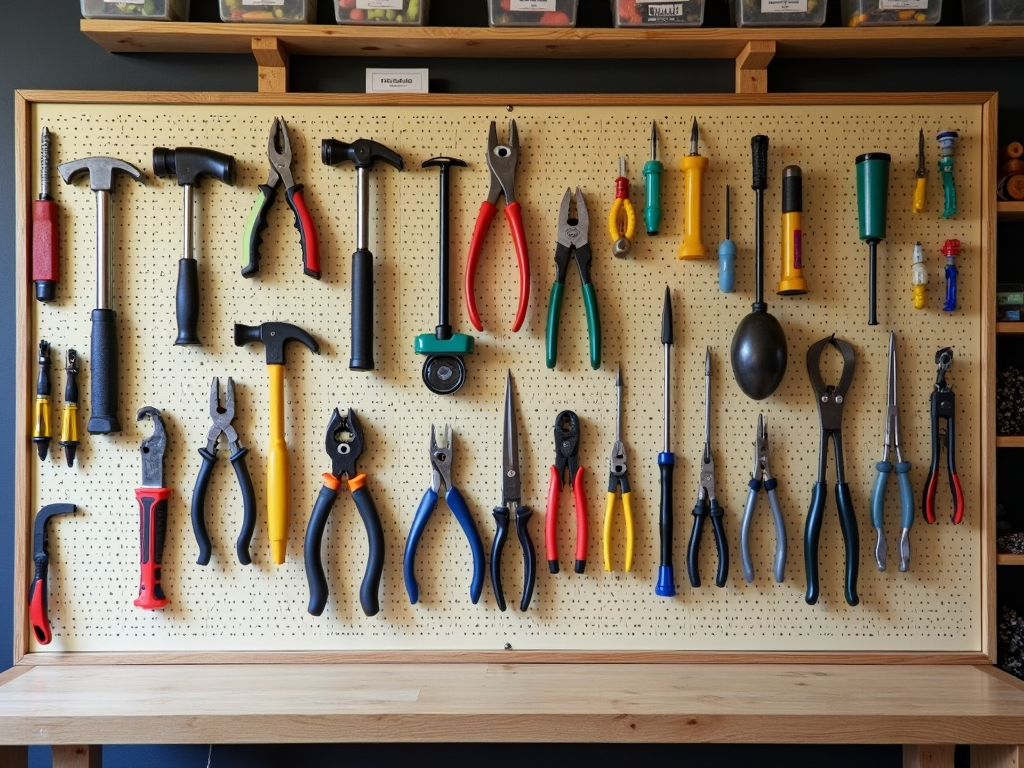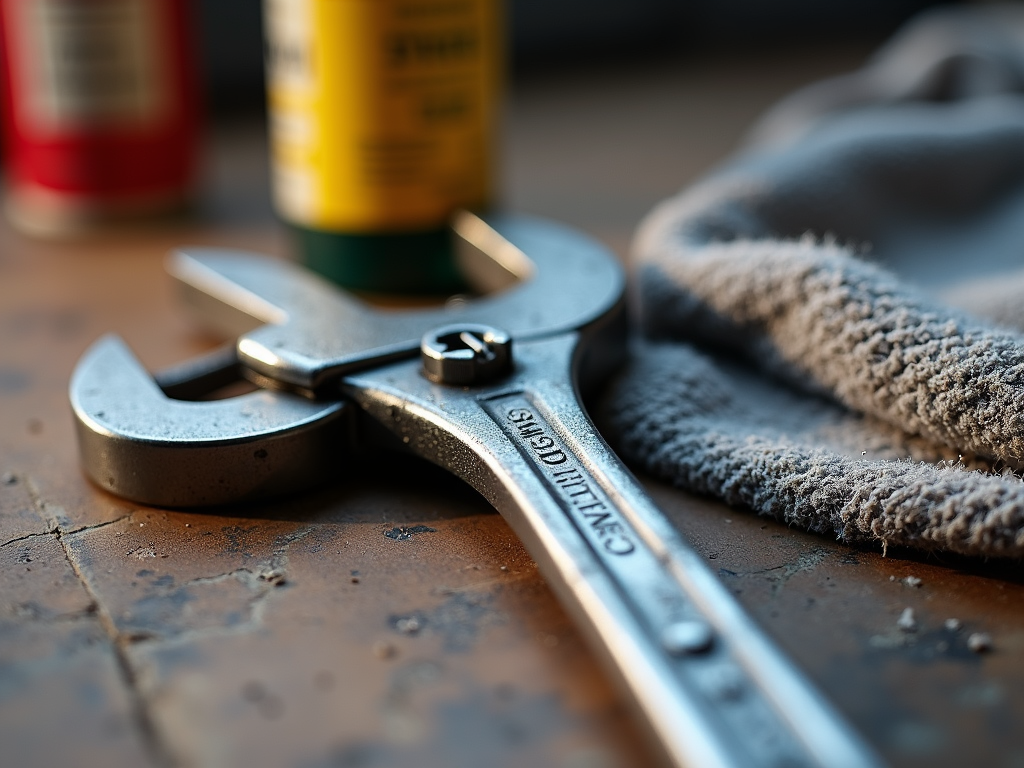Workman tools are essential for anyone tackling a project, whether you’re a seasoned professional or a weekend DIYer. The right tools—like hammers, screwdrivers, and wrenches—can make your work faster, easier, and safer. In this guide, we’ll dive into The Ultimate Guide to Purchasing Workman Tools, focusing on what you need, why quality matters, and how to use a hammer safely. Let’s get started with the basics.
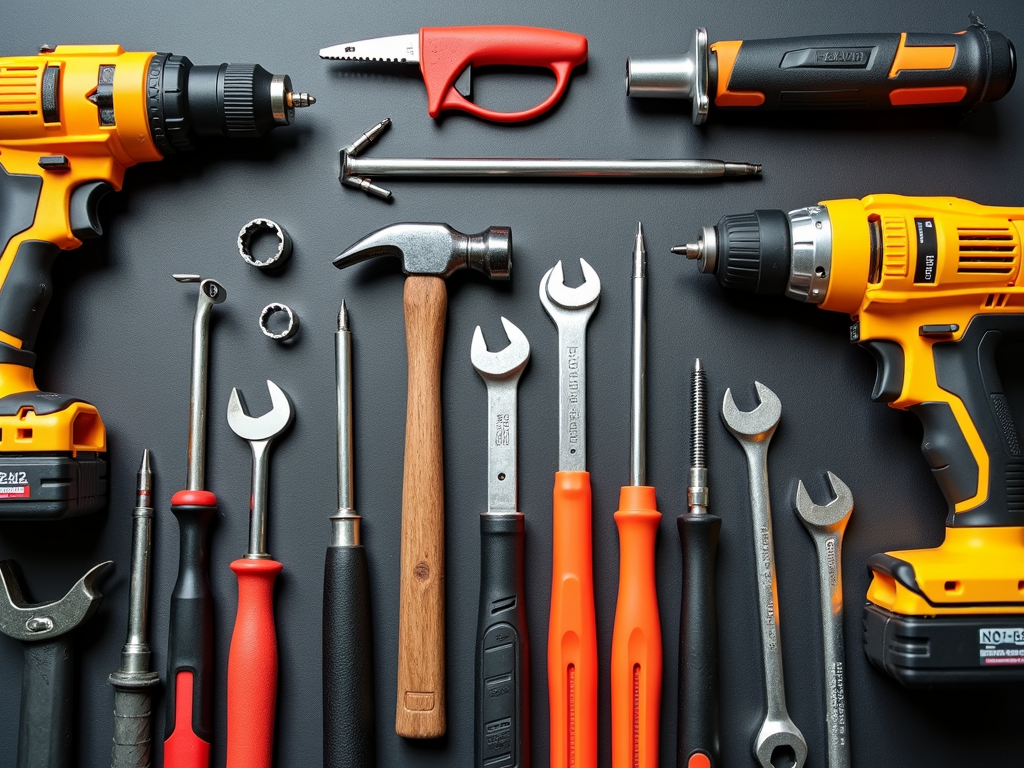
Why Quality Tools Are Worth It
Spending a little more on workman tools pays off. Cheap tools break fast, leaving you stuck mid-project. Quality ones last longer, work better, and keep you safe. I learned this the hard way when a bargain hammer split after a week. Now, I stick to trusted brands—it’s cheaper in the long run.
Plus, good tools often have warranties. If something goes wrong, you’re covered. Safety’s the big win, though. Well-made tools are designed to prevent slips or snaps that could hurt you. So, when you’re shopping, think durability, support, and safety—not just price.
Must-Have Workman Tools
Your toolbox needs a solid foundation. Here’s what I recommend every beginner or pro should have:
- Hammers: For nailing and prying.
- Screwdrivers: Flathead and Phillips for all screw types.
- Wrenches: Adjustable ones tackle most bolts.
- Pliers: Great for gripping or cutting.
- Tape Measure: Precision matters.
- Level: Keeps things straight.
- Safety Gear: Gloves, goggles, and ear protection are non-negotiable.
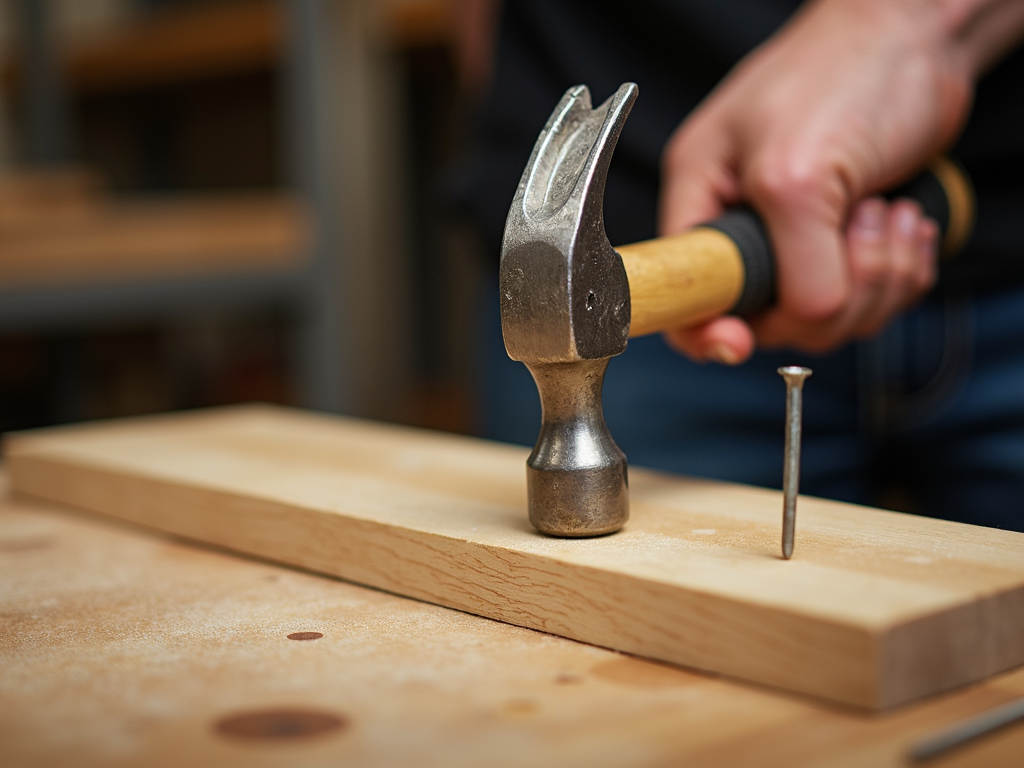
Picking the Perfect Hammer
Hammers aren’t one-size-fits-all. Each type has a job. A claw hammer is your go-to for everyday tasks like hanging pictures or building shelves. Need to smash something big? Grab a sledge hammer. For metalwork, a ball peen hammer works best. And a rubber mallet is gentle enough for furniture assembly.
Think about weight, too. A heavy hammer drives nails fast but tires you out. A light one’s easier to swing but takes more hits. I keep a 16-ounce claw hammer handy—it’s a sweet spot for most jobs around the house.
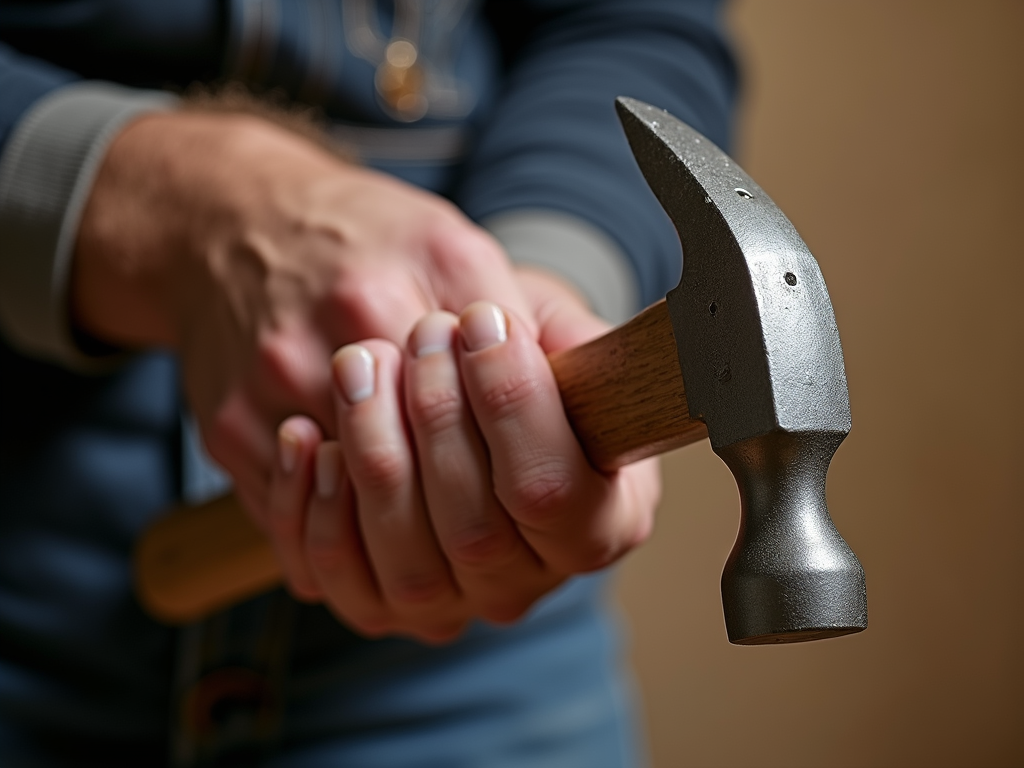
How to Use a Hammer Safely
Hammers seem simple, but mistakes hurt. Here’s how to stay safe:
- Wear Goggles: Chips fly—protect your eyes.
- Check the Tool: Loose heads or cracked handles spell trouble.
- Hold It Right: Grip near the handle’s end for power and control.
- Hit Straight: Angled strikes bend nails or slip off.
- Match the Task: Don’t use a claw hammer for concrete—it’ll break.
I’ve got a scar on my thumb from a sloppy swing years ago. Building a deck, I got distracted and missed the nail. Pain taught me focus. Now, I double-check my grip and aim every time. Safety’s no joke.
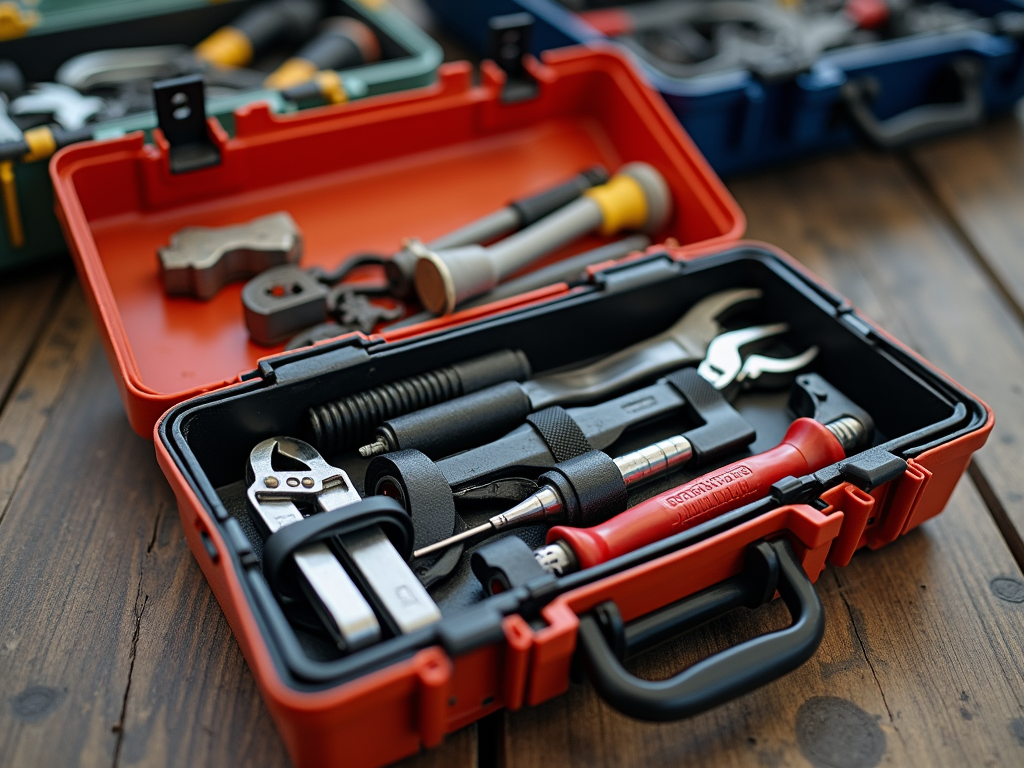
Where to Buy Workman Tools
Big-box stores like Home Depot or Lowe’s have tons of options. Online, Amazon’s got variety and reviews to guide you. Local hardware shops often carry sturdy, lesser-known brands—worth a look. Compare prices, but don’t skimp on quality. A $10 hammer might cost you $50 in fixes later.
Keeping Your Tools in Shape
Take care of your workman tools, and they’ll take care of you. Wipe them down after use—dirt rusts metal fast. Store them dry; a damp toolbox is a death sentence for steel. Check for wear—replace anything cracked. For moving parts, a drop of oil keeps them smooth.
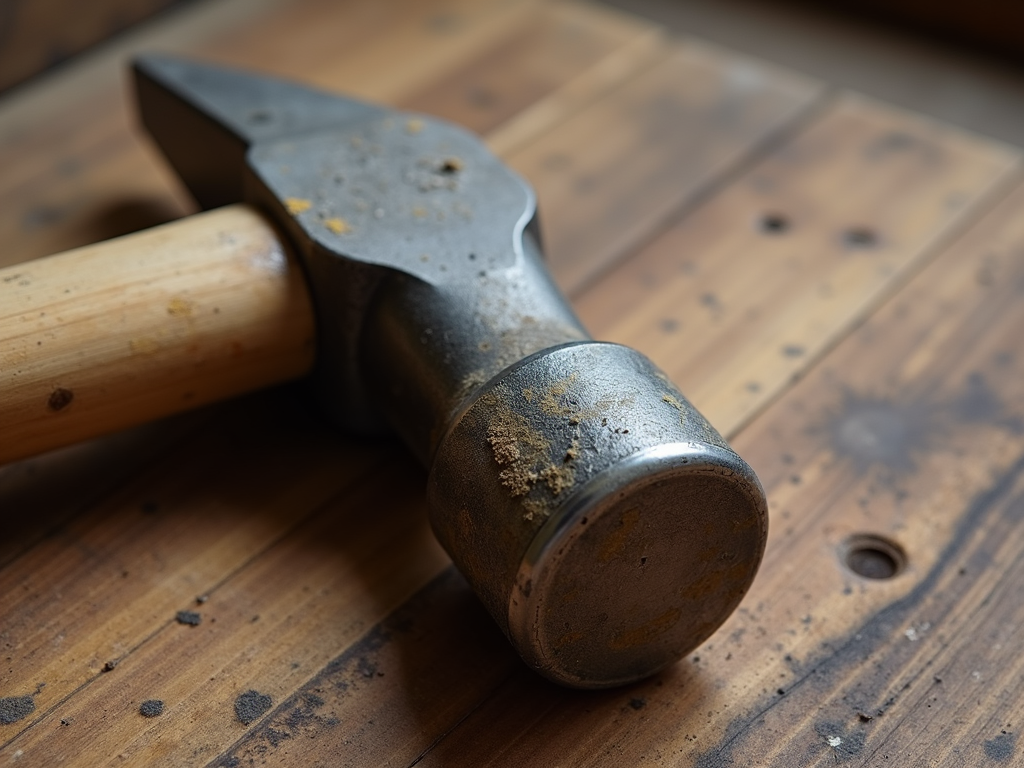
My Toolbox Story
Years back, I built a bookshelf with a borrowed hammer. The head flew off mid-swing—nearly took out a window. Since then, I’ve invested in my own set. That bookshelf still stands, and I’ve added a deck, a shed, and countless fixes. Good tools build more than projects—they build confidence.
Budget vs. Premium Tools
Can’t spend big? Start small. A $20 hammer beats a $5 one any day. Skip the flashy sets—buy what you’ll use. As you grow, add premium pieces. My first decent wrench felt like a luxury; now it’s my most-used tool. Quality creeps up on you.

Common Mistakes to Avoid
Don’t rush buying workman tools—research first. I once grabbed a cheap screwdriver that stripped every screw it touched. Test tools in-store if you can. And don’t skip safety gear to save a buck—goggles are cheaper than an ER visit. Learn from my headaches.
Power Tools or Hand Tools?
Hammers and hand tools are my focus here, but power tools tempt everyone. They’re fast—drills beat screwdrivers for big jobs. But they’re pricier and need charging or cords. I mix both: hand tools for precision, power for speed. Start with hand tools—they teach you the ropes.
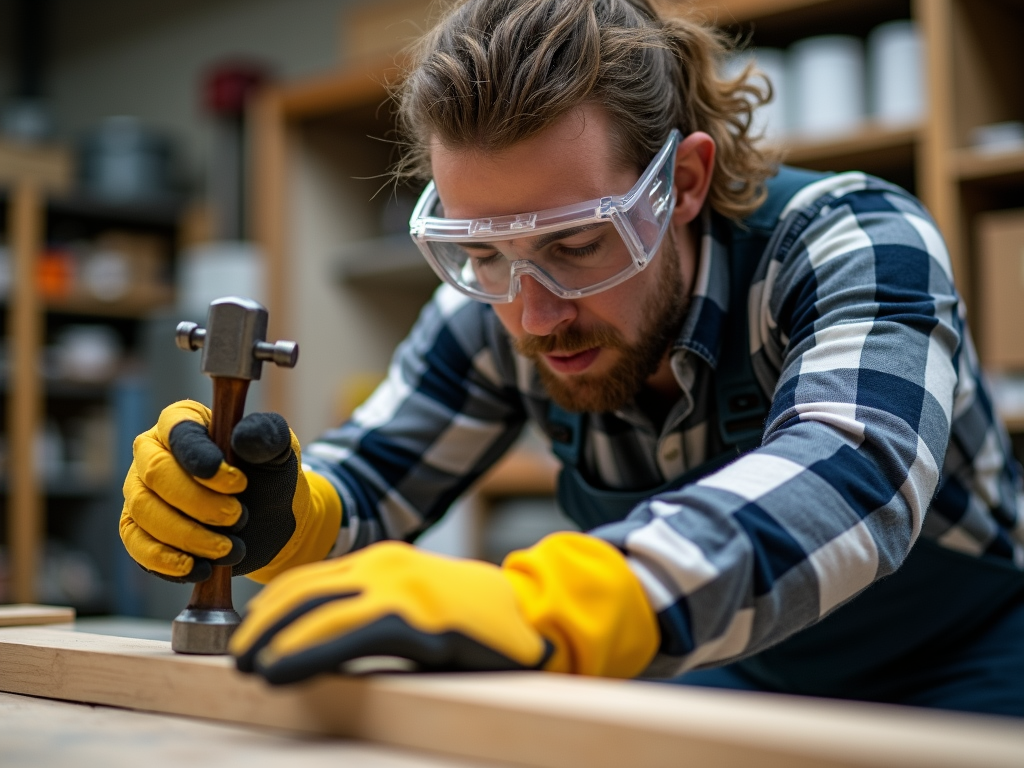
Final Thoughts
The Ultimate Guide to Purchasing Workman Tools isn’t just about buying stuff—it’s about building smart. Get quality tools, pick the right hammer, and use them safely. From my banged-up thumb to finished decks, I’ve learned tools matter. Start small, stay safe, and watch your skills grow.
Related The Ultimate Guide to Purchasing Workman Tools:
- DIY Projects: How to Choose the Right Tools for the Job
- 10 Essential Tools for Every Beginner's Workshop
- Easy DIY Tool Care Tips for Longevity
- Workman Tool Maintenance Tips: Keep Your Tools in Top Shape
- DIY Project Ideas: Choosing the Right Wrench for Your Projects
- The Ultimate Guide to Toolboxes for Every Need
- Essential Safety Gear for Power Tool Projects: Protect Yourself and Work Smarter
- How Tool Design Impacts Worker Health and Efficiency: A Deep Dive into Hammer Ergonomics
- The Evolution of Power Tools: From Hand Tools to High-Tech Gadgets
- The Ultimate Guide to Tool Belts for Construction Workers
- Workshop Organization Hacks to Boost Productivity
- Top Maintenance Tips for Extending Tool Lifespan
